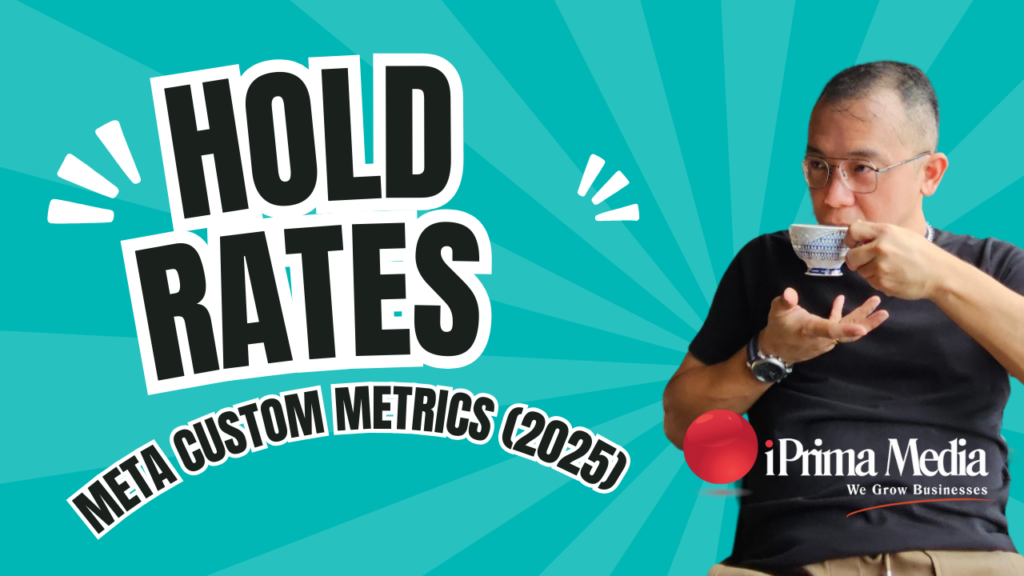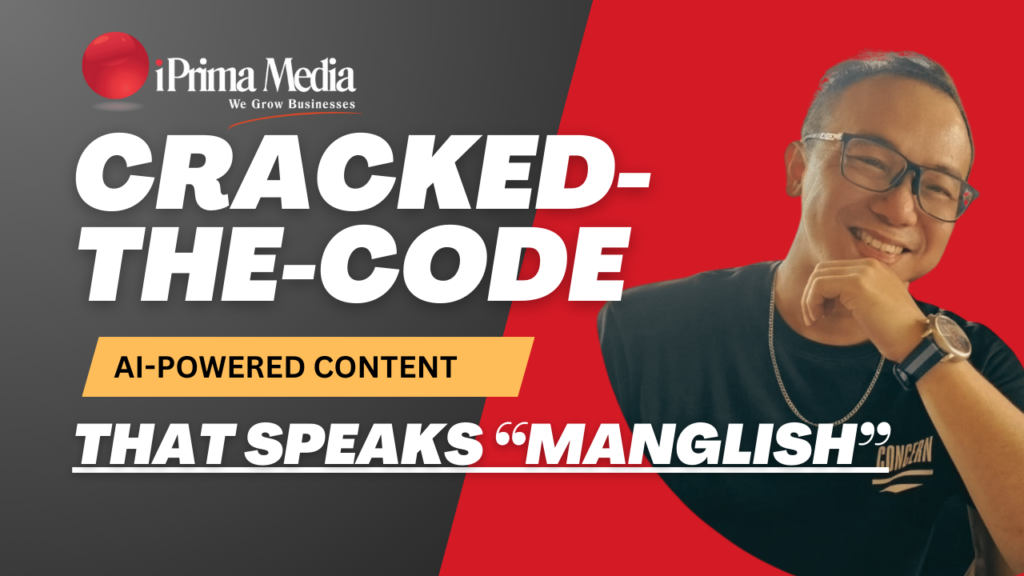Top KOC Marketing Strategies for JOHOR Businesses:
In the dynamic realm of digital marketing, two contrasting yet powerful entities stand at the forefront: Key Opinion Leaders (KOLs) and Key Opinion Consumers (KOCs).
KOLs are recognized experts in their respective fields or industries, wielding significant influence over their large audience bases through high-quality content and professional insights.
By contrast, KOCs are influential customers who may have smaller followings but possess the ability to sway purchase decisions through their authentic experiences and genuine peer-to-peer recommendations.

While both KOLs and KOCs play pivotal roles in shaping consumer behavior, they differ in their approach and connection with audiences. KOLs often collaborate with brands to leverage their authority and reach, usually through sponsored partnerships and endorsements.
KOCs, on the other hand, typically initiate the conversation with brands, driven by their personal affinity for the products or services and interest in sharing their reviews.
Both, however, are integral to a brand's influencer marketing strategy, where understanding the nuances of each can lead to more effective campaigns.
Key Takeaways
- KOLs and KOCs are key to influencer marketing, with each holding a distinct type of influence and trust.
- Strategies incorporating KOLs and KOCs should align with a brand's marketing goals and the nature of the audience on social media.
- Effective influencer marketing relies on authentic content and measurement of campaign success through tangible ROI.
Understanding KOLs and KOCs
As we explore the realm of digital influence, we must closely examine the roles and varying impacts of Key Opinion Leaders (KOLs) and Key Opinion Consumers (KOCs) on brands and consumer behavior.
Roles and Impact of Key Opinion Leaders
KOLs are recognized for their expertise and authority within specific niches. Their trust and influence are rooted in a significant number of followers, often reaching into the hundreds of thousands to millions. These individuals captivate a large audience through their content, leveraging their established credibility to impact their audience's purchasing decisions and brand perceptions.
- Expertise: KOLs possess specialized knowledge or skills in a particular area.
- Trust: They earn their audience's trust through consistent, authentic, and high-quality content.
- Followers: The extensive reach of KOLs is quantifiable by their large follower count.
- Audience: They have the ability to engage and persuade a specific demographic that resonates with their niche of expertise.
Rise and Role of Key Opinion Consumers
Conversely, KOCs might have a smaller sphere of influence, but they excel in fostering intimacy and authenticity with their audience. Their approach is more grassroots, often beginning with them reaching out to brands expressing genuine interest in products.
Given their authentic consumer experiences, KOCs typically wield influence by sharing genuine product reviews and personal recommendations.
- Authenticity: KOCs are seen as genuine users who share frank and honest opinions.
- Trust: Their recommendations are valued for seeming less driven by incentives and more by their actual consumer experience.
- Followers: They may have fewer followers, however, their interactions are often more personalized and engaged.
- Audience: KOCs tap into the power of word-of-mouth among tight-knit communities who value personal testimonials.
In our analysis, the interconnected roles of KOLs and KOCs ultimately shape a dynamic digital ecosystem where influence operates at varying levels of reach, expertise, and audience connection.
Influencer Marketing Strategies

In our comprehensive approach to influencer marketing strategies, we focus on leveraging social media presence and forming partnerships that align with our marketing goals. Through these initiatives, we aim to promote products effectively and create content that resonates with our target audience.
Social Media and Influencer Engagement
When engaging with influencers on social media platforms, our priority is to select individuals whose followers align with our target demographic. We utilize a variety of tactics, including:
- Content Collaboration: Tailoring content that fits both our brand identity and the influencer's style.
- Engagement Tactics: Encouraging interactions through likes, shares, and comments to boost visibility.
- Transparent Partnership: Disclosing the nature of our collaboration with influencers to maintain trust with the audience.
By doing so, our social media campaigns aim to increase brand awareness and drive sales.
Developing Effective Collaborations
For fruitful collaborations, we emphasize the value of alignment and clear communication.
- Selection Criteria:
- Expertise in the relevant field.
- Audience demographics that match our target market.
- Collaboration Goals:
- Creating compelling content that highlights the unique features of our products.
- Setting clear KPIs to measure the success of the partnerships.
Through these collaborations, we not only work to drive advertising effectiveness but also to foster genuine relationships that boost long-term brand advocacy and loyalty.
Leveraging Social Media Platforms
We understand that social media is a powerhouse for boosting brand visibility and creating meaningful engagements. Our strategy emphasizes the deployment of Key Opinion Leaders (KOLs) and Key Opinion Consumers (KOCs) to elevate our brand's presence and foster community trust.
Building Brand Awareness Through Social Media
Facebook: With over 2 billion users, we leverage Facebook to reach a broad demographic. Our approach includes:
- Creating Shareable Content: We focus on crafting content that resonates with our audience, encouraging shares that propel brand visibility.
- Engaging with Followers: Effectively interacting with comments and messages to build a loyal community.
Instagram: Instagram is adept for visual storytelling, key to forming an emotional connection with our audience. Our tactics involve:
- Utilizing Instagram Stories and Reels: These features boost our content's reach. We employ them for sneak peeks, behind-the-scenes, and influencer collaborations.
- Interactive Features: Polls and questions stickers serve us well in engaging our followers and understanding their preferences.
Analyzing Platforms for Maximum Impact
YouTube: We delve into YouTube for its extensive reach and high engagement potential. Our methodology includes:
- Creating Engaging Video Content: Tutorials, product reviews, and influencer partnerships enable us to convey our brand story effectively.
- Analytics Review: We frequently assess viewer engagement metrics to fine-tune our content strategy.
LinkedIn: We use LinkedIn distinctively for its professional network. Our engagement through LinkedIn is strategic:
- Publishing Industry-Relevant Content: We share insights, case studies, and thought leadership content that underscore our expertise.
- Networking: By actively participating in relevant groups and discussions, we raise our brand profile among professionals.
By utilizing each platform's unique capabilities, we ensure our social media marketing efforts are robust, targeted, and impactful. Our goal is always to create genuine connections with our audience, which in turn, amplify our influence and brand awareness.
The Role of Content in Influencer Marketing

Content is at the heart of influencer marketing. It's the vehicle through which we convey authenticity, forge connections with the audience, and ultimately drive influence.
Creating Authentic and Relatable Content
We, as marketers, prioritize authenticity. Our content must reflect genuine personal experiences and values, resonating with our audience on a personal level. It's not merely about displaying a product; it's about telling a story that intertwines with the daily lives and interests of those who trust us.
- Authenticity: This is achieved by influencers sharing their personal experiences with a brand or product, transparently and honestly.
- Reliability: We must maintain consistency in the quality and tone of our content, fostering trust with our audience.
- Influence: True influence stems from content that viewers find relatable and trustworthy, compelling them to engage and take action.
Content Strategy for Influencers
Our approach to content strategy is multifaceted:
- Understand Our Audience: We dive deep into the interests, behaviors, and preferences of our target audience to tailor our content effectively.
- Align with Marketing Campaigns: We seamlessly integrate our content with broader marketing campaigns to reinforce the messaging and maximize the impact.
- Measure and Adapt: By constantly evaluating the performance of our content, we adapt our strategy to optimize engagement and influence.
- We collaborate with Key Opinion Leaders (KOLs) to leverage their expertise and widen our reach.
- Similarly, partnering with Key Opinion Consumers (KOCs) adds a layer of authenticity, tapping into their peer-to-peer influence networks.
Utilizing the strengths of both KOLs and KOCs within our content strategy enhances credibility, authenticity, and, consequently, the efficacy of our influencer marketing initiatives.
Measuring Success and ROI in Influencer Campaigns

When we initiate influencer campaigns, our primary goal is to drive results that are quantifiable and justifiable. We calculate ROI, or return on investment, by evaluating several key performance indicators (KPIs) that are crucial to the success of these campaigns.
- ROMI (Return on Marketing Investment): In assessing the effectiveness of our marketing investment, we focus on ROMI, which captures the net income generated from our marketing campaigns in relation to our marketing spending.
- Engagement: We determine the level of audience interaction by analyzing likes, shares, comments, and other forms of engagement. High engagement rates often correlate with increased brand loyalty and can indicate campaign resonance.
- Conversion and Conversion Rate: Tracking conversions—actions taken by a consumer such as a purchase or signup—helps us understand the direct impact of campaigns on sales. Conversion rates, the percentage of users who convert, provide a granular view of campaign efficiency.
- Sales: The ultimate measure of an influencer campaign's success often boils down to sales. We promote strong calls to action to incentivize immediate purchases, directly tying influencer endorsements to revenue spikes.
- Brand Loyalty: While tougher to measure, we monitor repeat purchases and sentiment analysis over time, recognizing these as indicators of brand loyalty and the long-term success of our campaigns.
- Website Traffic: A surge in website traffic after influencer promotions indicates improved brand visibility and interest, which we measure through analytics tools to observe new and returning visitors.
| KPI | Why It Matters | How We Use It |
|---|---|---|
| Engagement | Indicates content resonance | Optimize future content |
| Conversion Rate | Measures efficacy | Inform campaign tactics |
| Sales | Reflects campaign impact | Direct revenue assessment |
| Website Traffic | Shows brand interest | Adjust marketing focus |
We base our strategies on this data to refine our influencer collaborations, ensuring that every campaign maximizes its potential for tangible success.
Frequently Asked Questions

In this section, we'll address common queries regarding the distinctions and impacts of Key Opinion Leaders (KOLs) and Key Opinion Consumers (KOCs) in the marketing sphere.
What are the most notable differences between a Key Opinion Leader (KOL) and a Key Opinion Consumer (KOC)?
A KOL is often an individual with a significant following and considered an expert in their field, thus influencing their audience through reputation and specialized knowledge. Brands usually approach them with incentives for promotion. In contrast, KOCs are consumers who typically initiate contact with brands to test or review products and influence through their genuine user experiences.
How do Key Opinion Consumers (KOCs) influence marketing strategies?
KOCs sway marketing strategies by offering authenticity through their personal product experiences. Brands are recognizing the value of these consumer advocates as they often hold sway within their personal networks, potentially leading to more organic and trusted promotion.
In what ways do KOC campaigns impact consumer behavior in Malaysia?
In Malaysia, KOC campaigns have a tangible impact on consumer behavior. Malaysian consumers often look for relatable and genuine product reviews, which KOCs provide, leading to more informed purchasing decisions and enhancing brand credibility within their communities.
What does the term ‘KOL' stand for, and what is their role in marketing?
‘KOL' stands for Key Opinion Leader. They are influential figures who use their expertise and authority in a specific industry to affect the purchasing decisions of others.
Their endorsements are integral to marketing strategies, as they can lend significant credibility and visibility to a brand.
How has the dynamic between KOLs and KOCs evolved with the growth of social media platforms?
The dynamic between KOLs and KOCs has shifted with social media's rise, making it easier for both to reach their audiences. KOLs often have larger, more diverse followings, while KOCs build highly engaged niche communities.
The growth of social media has amplified the voice of KOCs, making them more crucial to brand marketing.
What are crucial factors to consider when reading reviews on KOC-endorsed products?
When reading KOC-endorsed product reviews, it's important to consider the authenticity of the review and the KOC's history with the brand.
Look out for detailed feedback and consistent posting patterns, which can help determine the credibility of their recommendations.











